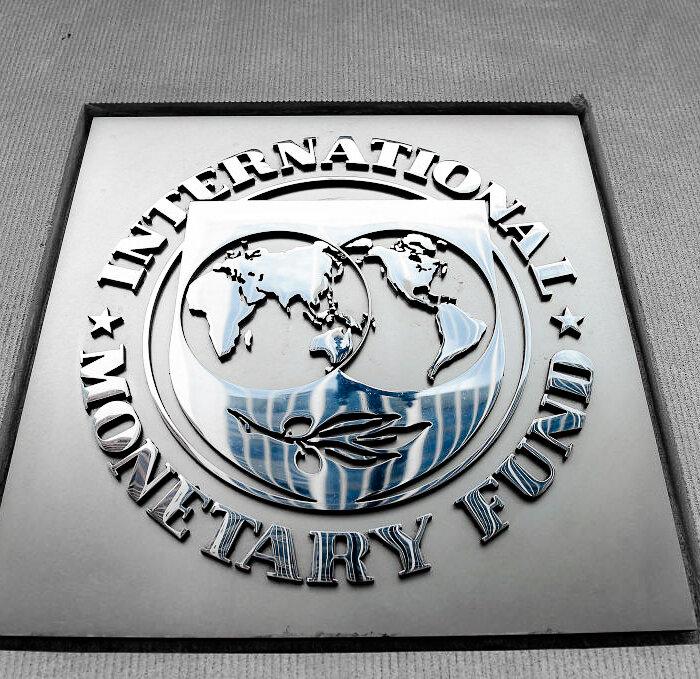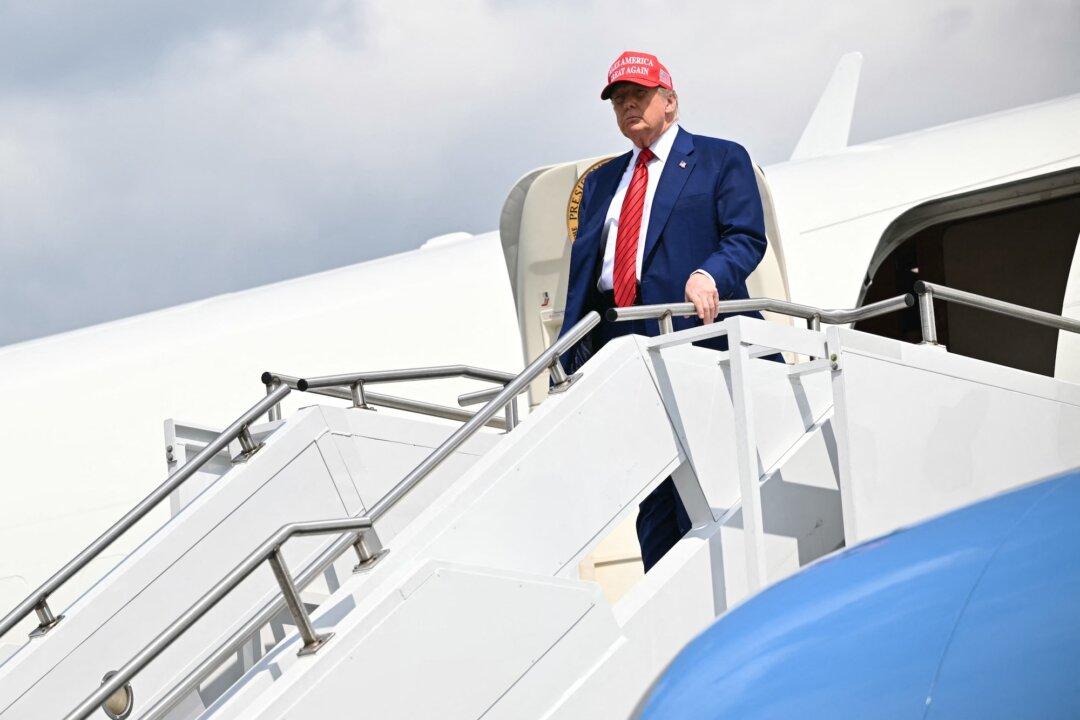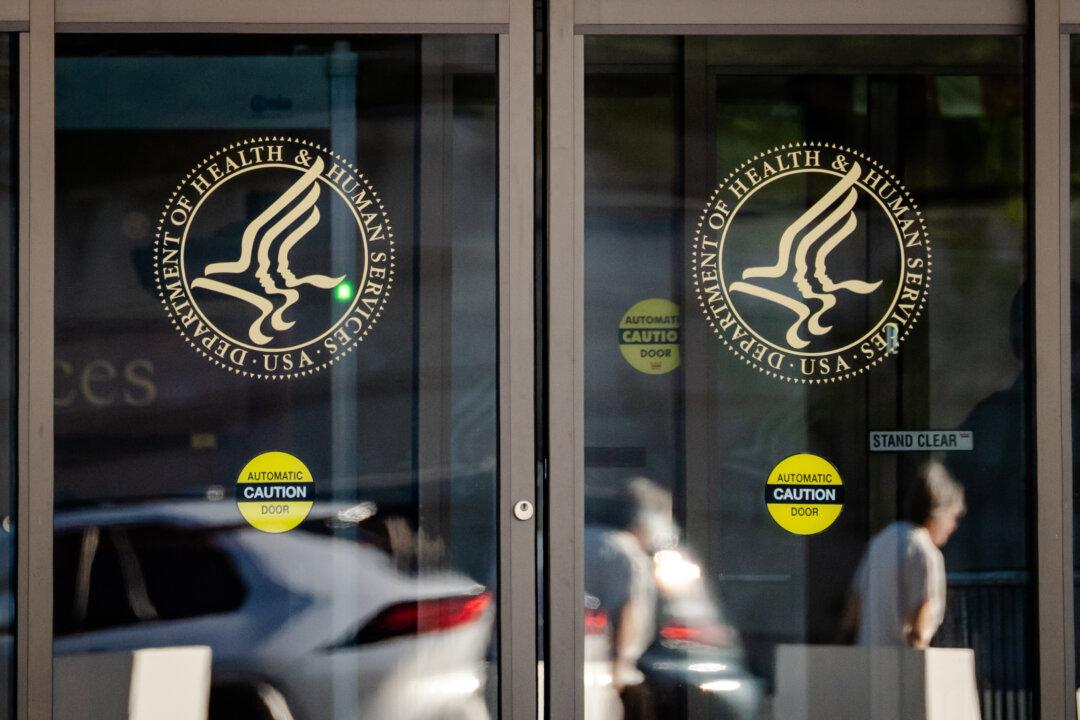The agency projects that real U.S. gross domestic product (GDP) will be 0.6 percent lower by 2035 than under previous baseline forecasts, which did not incorporate the tariffs. Inflation is expected to rise by an average of 0.4 percentage points in both 2025 and 2026, with the price impact leveling off thereafter. Still, despite the economic tradeoffs, the agency said the tariffs would leave the federal budget in significantly better shape over the long term.
The budget office’s model assumes that the tariffs, announced through executive action, will be in place permanently. It’s an assumption that CBO acknowledges is “subject to significant uncertainty,” given the possibility of policy changes or carveouts. Trump has already paused or modified portions of his latest tariff plans, and during his first term, many duties were paired with exemption programs for select importers.
“If such mechanisms are implemented again,” the agency wrote, “that could substantially reduce the tariff duties collected and thus the change in deficits associated with the policies assessed here.”
CBO also noted that the unprecedented scale of the current tariff increases makes it difficult to predict precisely how consumers and businesses will respond. Depending on how trade patterns adjust, actual revenue could fall short—or exceed—current projections, with the outcome tied to how responsive buyers are to price changes and how businesses reorganize supply chains.
The analysis incorporates likely retaliatory measures from U.S. trading partners, which CBO expects to be narrower in scope than the tariffs imposed by the United States. Even so, those foreign responses—combined with elevated policy uncertainty—are expected to exert a modest chilling effect on business investment and productivity growth.
“In CBO’s assessment, additional retaliatory tariffs are likely, and U.S. trading partners are probably waiting for negotiations to play out before retaliating fully,“ the agency noted. ”Even so, the value of U.S. exports targeted by those tariffs is expected to be lower than the value of imports targeted by U.S. tariffs,” CBO added, noting that the heightened uncertainty about the future path of the Trump administration’s trade policies would likely delay investment.
The updated June 2025 letter reflects enacted policies rather than proposed ones, offering a more refined look at the fiscal and economic impacts now that the tariffs are in place—although some have been changed or paused since they were first announced.
In both sets of projections, however, the topline conclusion remains the same—the tariff regime, if sustained, would bring in significant revenue and lower deficits, while imposing relatively modest costs to growth and inflation.
Trump said the increased tariffs would boost domestic steel production by more effectively countering foreign countries that dump their excess steel into U.S. markets at low prices, undercutting the competitiveness of the domestic industry.
Since taking office, Trump has launched a bold tariff agenda, with the president basing his policies on the argument that tariffs are an effective way to reset global trade ties in a way that levels the playing field and corrects decades of the United States being taken advantage of by other countries.
Critics say the tariffs impose costs on consumers and businesses, which, along with economic and legal uncertainty, have the potential for significant disruption.







